An Apple patent application published by the U.S. Patent and Trademark Office on Thursday details a method of detecting and notifying users of cracks in a device coverglass, even if the break is a hairline fracture.
Display damage due to drops, impacts and other sudden shocks is the bane of many a smartphone user. Apple is working on technology to help users determine when a device is cracked and perhaps prevent such events from occurring in the first place.
Described in Apple's filing for "Coverglass fracture detection," the proposed system utilizes a comprehensive network of sensors and software to detect the formation of cracks, or potential cracks, in a protective display cover.
As noted by Apple, screens are more susceptible to damage than other components when a device is subjected to strong external forces. Despite extensive research into the subject, and rapid development of robust screen cover materials, manufacturers are not always able to determine the series of events that lead to screen fractures.
In some embodiments, the invention uses touch sensors already embedded in device displays to detect cracks, as such fissures are also likely to separate portions of the active matrix substrate. Alternatively, piezoelectric actuators can be positioned under the coverglass and send out vibrations targeting various sections of the screen. Cracks, chips and other defects might be detected depending on vibratory response.
In yet another embodiment, emitters positioned on one end of the display fire pulses of light, perhaps off mirrors or through prisms, to partner sensors on the opposite end. Measurements are taken as the light propagates through the display, with expected path deflections indicating imperfections. Light readings are useful in detecting breaks that extend to the interior of the display cover, Apple says.
Importantly, the detection system is in some instances capable of discerning hairline cracks from webbed cracking, as well as fracture depth, length, width and propagation rate.
In some cases, the detection system is triggered when motion, proximity and orientation sensors detect a sudden deceleration indicative of a fall.
If a crack is detected, the system might be configured to notify a user and pinpoint the damaged location onscreen, beneficial in the case of hairline fractures. In addition to a notification, a message might be generated including information about sensors or other equipment that might be rendered unusable due to the cracking.
In some embodiments users could be asked to confirm perceived cracks highlighted onscreen, perhaps by circling the area with their finger. This information, along with diagnostic data gleaned from onboard sensors, can be used to create a composite timeline of events leading up to the break. Apple might then leverage this knowledge to design a screen more resistant to cracking.
Whether Apple plans to introduce the system to consumers is unknown, though screen damage is a real issue for smartphone owners. Display replacement and repair accounts for a good chunk of after-sale service and is common enough that screen cracking is its own line item in Apple's AppleCare+ warranty program.
Apple's screen cracking detection patent application was first filed for in August 2015 and credits Benjamin J. Pope and Miguel C. Christophy as its inventors.
 Mikey Campbell
Mikey Campbell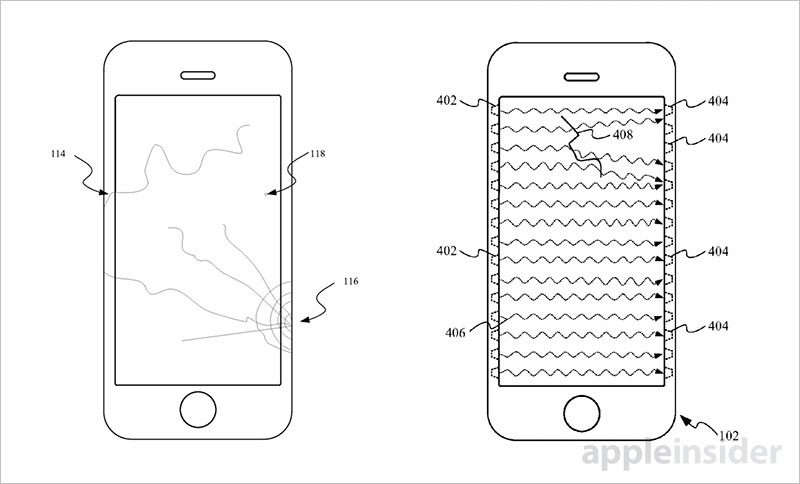
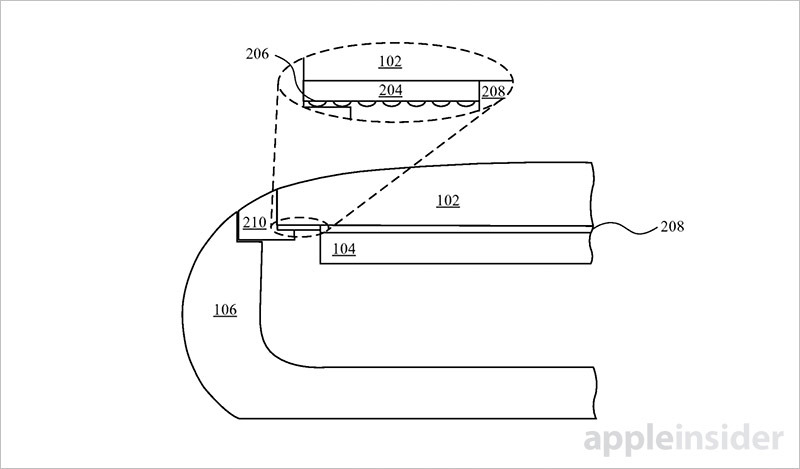
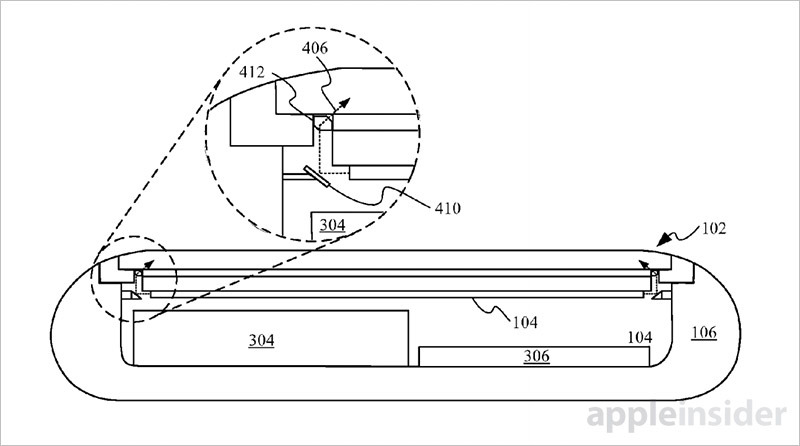
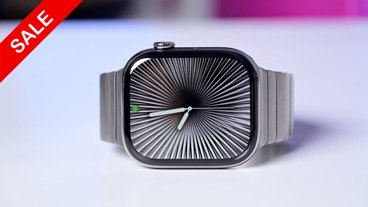


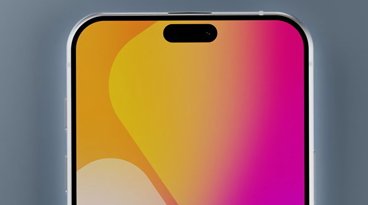



-m.jpg)





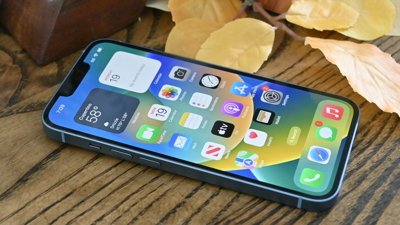
 William Gallagher
William Gallagher
 Wesley Hilliard
Wesley Hilliard
 Christine McKee
Christine McKee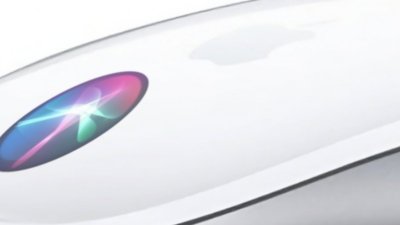
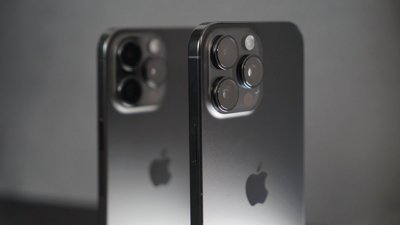
 Andrew Orr
Andrew Orr


 Andrew O'Hara
Andrew O'Hara





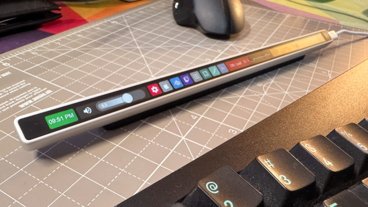

19 Comments
This is also a nice way to increase repair revenue, instilling a bit of fear. Although I see many people walk around with horribly broken screens continuing to use them to avoid repair costs. Still, if this increases even a single-digit percentage of screen repairs that is easy money..
This strikes me as a possible diagnostic mode, better suited to the Genius Bar than to the end user.
I'm waiting for the Apple Watch app that notifies the wearer when their heart stops beating. That will be the "killer" app.
My daughter didn't need a app to tell her that her screen broke, when the pepper shaker fell out of the cupboard 3 days ago and broke it :s
Apple makes pretty good profit by charging $130 to fix it.